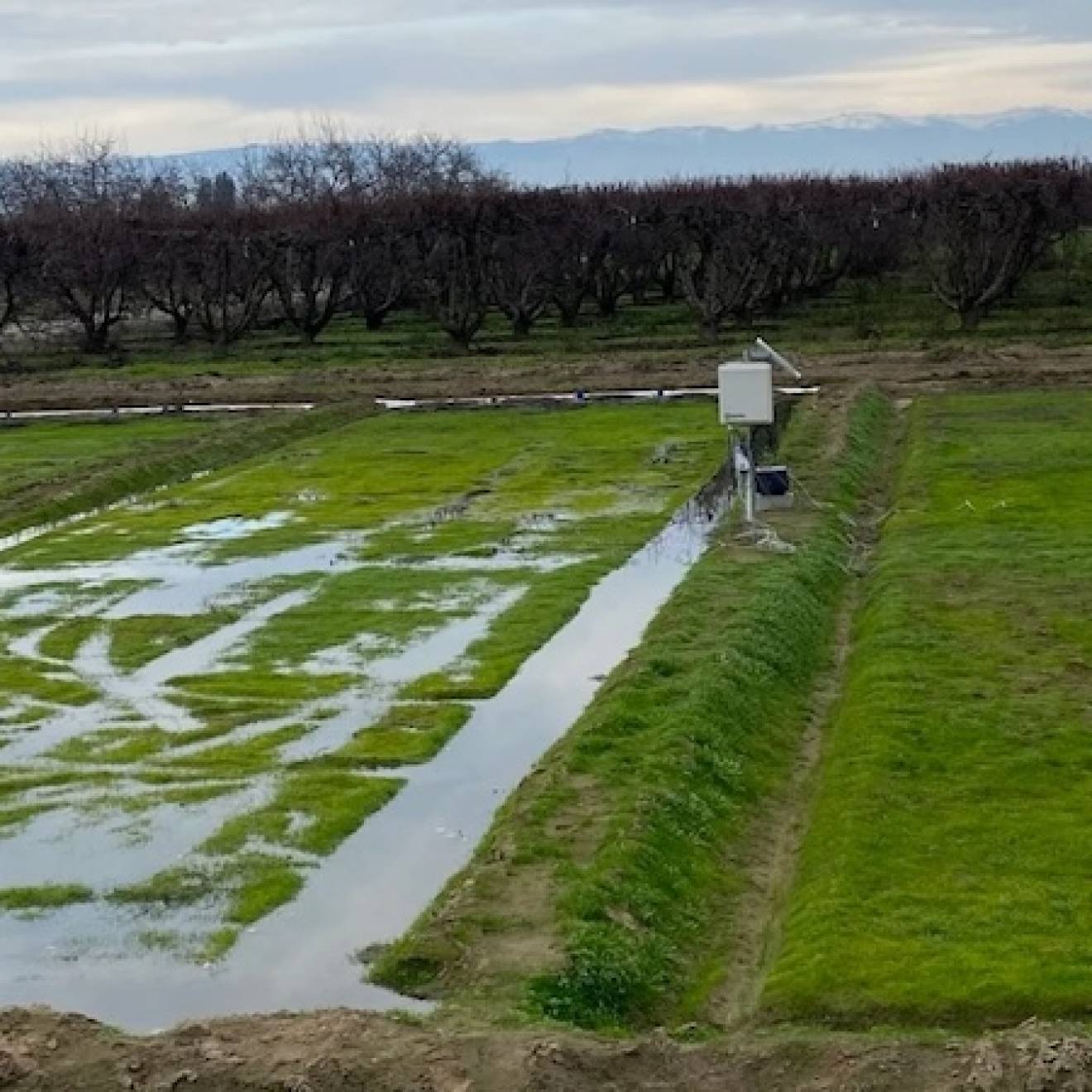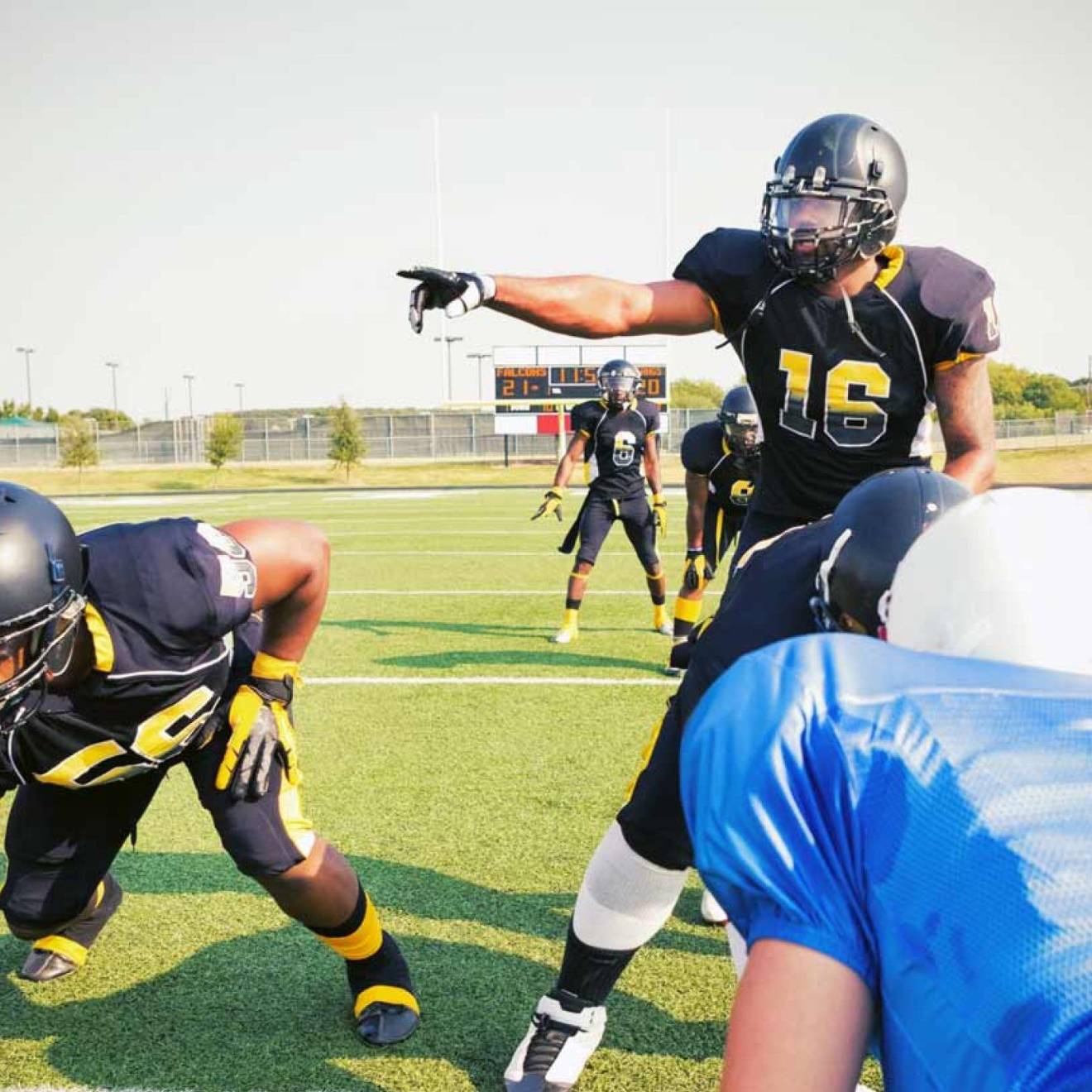Nicole Freeling, UC Newsroom
New UC Irvine faculty member Aomawa Shields studies the climate on distant planets. Her aim: find those most likely to host alien life. The UCLA alum is a classically trained actress, a secret "superpower" that helps her make science accessible.
Shields is among a bumper crop of 24 new hires to come to UC this year from the University of California President’s Postdoctoral Fellowship Program, which helps prepare outstanding Ph.Ds for faculty careers. The program has been lauded as a national model for expanding faculty diversity.
She talked to UC Newsroom about the search for ET, the link between art and astrophysics, and her work mentoring middle school girls to create a new generation of star scientists.
Q) What is astrobiology, and how does your work fit in?
Astrobiology is the study of life in the universe: How it got started on this planet, how it has evolved over time, and how widely distributed it might be elsewhere.
The way I come to the question of "Are we alone?" is to find planets that might have environments suitable for life to develop and sustain itself.
I use climate models of all different types — most recently ones that are three dimensional — to look at the collaboration between surface, atmosphere, and incoming starlight — and how those interactions affect the climate of a planet.
Say there was a habitability pageant for planets. You wouldn’t want to select those that would only be warm enough for surface water under very specific conditions. You’d want planets that could be warm enough for liquid water over a wide range of atmospheres, orbits and surfaces.
Our goal is to generate a list of planets that are Most Likely to Succeed in the habitability category. That can tell us where to point our telescopes.
Q) What planets are at the top of your list now?
A planet was discovered just a few months ago called Proxima Centauri b. That one is particularly exciting because it is orbiting the closest star system to us: just 4.2 light years away.
It’s in the habitable zone — the region around the star where you might expect the planet to be warm enough to have water on its surface. But as my work has highlighted, just because a planet is in a star’s habitable zone, that doesn’t make it habitable — and just because it’s habitable doesn’t mean it’s inhabited.

Credit: Martin Cox
Q) How did you first get interested in this question of, "Are we alone?"
I started looking up at the stars when I was 12, when my 7th grade class watched the movie Space Camp about this group of kids who were launched into space.
Up until that point, I wanted to be a ton of things — a Dallas Cowboys Cheerleader, a secretary, an orthopedist. But it wasn’t until seeing this movie that I was like that’s it — and unlike the other aspirations, this one never really went away.
Q) Your career wasn’t exactly linear, though. You took a decade off from astronomy to earn an MFA from UCLA and work as a professional actress. What led you down that path, and how has it influenced your career as a scientist?
At first, when I was in college, it seemed that science wasn’t all I thought it was cracked up to be. I was very focused on problem sets and exams and I forgot the bigger picture: that those are the things you have to get through before you can get to the exciting stuff, which is research.
Science, as I came to find out, is a very creative endeavor. But at the time I felt like science was over here, and my creative life was over there — and that creative life was just so much more fun.
It took me a long time to feel connected to what I created as a scientist, rather than detached from it. [But] eventually, I came back to the field. I realized that this was what I was supposed to be doing.
And it finally occurred to me in grad school that this non-traditional background, which I thought had been an Achilles Heel, was actually a superpower. It allowed me to communicate the impact of my science the way some other classmates and scientists had trouble doing.
"I want young girls, especially girls of color and especially middle school age girls — to understand they can bring all of themselves into their interest in science."
–Aomawa Shields
Q) When you’re not looking for life on other planets, you run Rising Stargirls, a program that uses creative arts to inspire middle school girls to explore the stars. What interested you in mentoring young girls, and why use art as a path to science?
There was always this feeling that I had to be a certain type of scientist. There were parts of myself that I felt I had to downplay — whether it was by wearing subdued clothes, not wearing makeup, looking very stereotypically masculine, not displaying emotion.
I don’t believe that any more.
I want young girls, especially girls of color and especially middle school age girls — to understand they can bring all of themselves into their interest in science.
Art, writing and theater, which are more readily accepted as being personal, can be a gateway to help girls to be personally invested in what they’re learning.
Q) As a woman of color, as well as a returning graduate student, what helped you succeed in a field where you were often something of the odd one out?
In one word: mentors. The people who answered my questions by sitting down with me for 15 minutes or an hour, who gave me tips, feedback, lessons learned, things they wish they’d known; who helped me negotiate for things I needed to bring my vision to my institution.
I adopted this attitude of: whoever has done what I want to do, I’m going to go ask them how they did it. And if they don’t want to share that with me, that’s fine. I’ll go and ask someone else.
In my experience, pretty much everyone I’ve asked for help has provided it, in whatever way they could spare. And it’s led to a series of successes that have put me in the position I am today.
The President’s Postdoctoral Fellowship Program is part of that. If I trace back what I know now about how to be a successful researcher, PPFP played a crucial role in my development.
Q) You write in your blog, Variable Stargirl, about your struggles with Imposter Syndrome and the feeling of, "Is this me, can I do this?" Talk about what imposter syndrome is and how you dealt with it?
I used to think that I was the only person who suffered from it. I remember a lecturer at a workshop asking if anyone had experienced imposter syndrome, and everyone raised their hand — including professors who were white males. It’s more of a wide-ranging phenomenon in academia that I would have ever anticipated.
But at least for me, as someone who comes from a community that has historically been marginalized — both as a woman and as an African American — the propensity to be susceptible to imposter syndrome is especially acute. And as an older, returning student I had this feeling that, "Oh my gosh. Everyone who is twenty-something has the jump on me. They remember more. They were just in physics courses two months ago and for me it’s been 11 years."
As scientists, evidence is what we value most highly. It’s about following what the data says, not letting preconceived notions dictate your conclusion.
I’ve had to take an active role in looking at the evidence. I’m a visual person, so actually being able to read the email that said, "You passed your qualifying exam," or looking at the 4.0 that I got in extragalactic astronomy — those things helped me to retrain my mind.
What that’s done for me is to take those old voices saying "everyone else but you is a part of this field," or "You can’t do it" and dial the volume way down — so that it’s chatter in the background as opposed to it becoming an obstacle to proceeding with one’s day or one’s academic career.
Q) What drew you to UC Irvine?
I am thrilled to join the department of physics and astronomy at UC Irvine. My sense as I get to know people in the department is that everyone is warm and welcoming.
There is a desire to move the department and the field of astronomy into the next era — both in its research on exoplanets and also in terms of equity and inclusion, and making sure everyone has a seat at the table.
Q) Any parting words of advice for aspiring scientists?
My personal mantra is, it’s never too late. The "shoulds" can be debilitating. If possible, I’d say, eliminate that word from your vocabulary.
It’s about what do you want now, and who has it? And what can you do to get it, too?
Cover photo courtesy of Yusra AlSayyad

